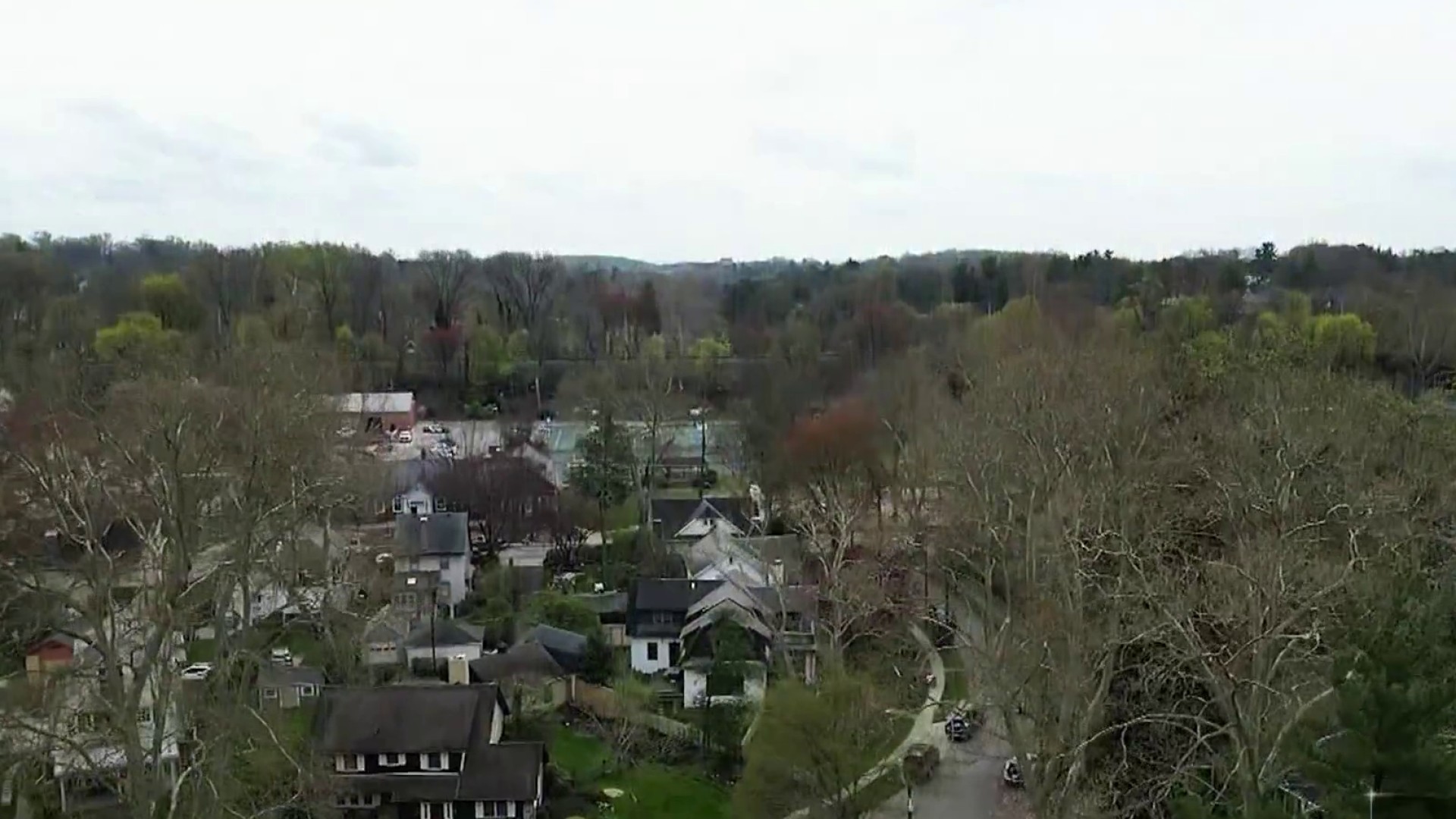The cock-and-squeeze revolver days of the 1970s and early 1980s were on the wane just as the crack cocaine epidemic reached its height in the early 1990s.
These were bloody, deadly days for Philadelphia, and many other American cities.
By 1993, some trauma surgeons at the Hospital of the University of Pennsylvania began thinking of new ways to treat gunshot victims.
"The weaponry changed dramatically to high muzzle velocity and not just single shot but multi-shot weapons came into the ethos of American violence," one of those doctors, Michael Rotondo, said. "It changed how police responded and by necessity, how we began to treat those wounds."
Rotondo co-authored a study on the changing approach to treating gunshot wounds at HUP and coined a phrase that reached trauma bays around the world, "damage control surgery."
The strategy remains a pillar of gunshot treatment and, in tandem with techniques of resuscitation developed in the Iraq and Afghanistan wars, has expanded the definition of what are known as "preventable deaths" of gunshot victims.
The deadly streets and trauma centers of Philadelphia served as a proving ground, though Rotondo is quick to point out that doctors were trying similar approaches in places like Nashville, Tennessee, Atlanta and Los Angeles as well.
Local
Breaking news and the stories that matter to your neighborhood.
Surgeons say more victims are being saved now than would have been before the strategy first implemented in Philadelphia in the early 1990s.
"It started in Philadelphia and now is in a lot of trauma centers around the country and around the world," Dr. John Porter, head of trauma surgery at Cooper University Health Care, said. "It's about not fixing every thing in the beginning. Now we go in and stop the bleeding, and then go in and fix the other stuff."
Porter, who was a fellow at Penn during Rotondo's tenure, said damage control surgery was as revolutionary as it is simple.
"The thing that causes most deaths in gunshot wounds is bleeding," Porter said, so the most important initial task: Stop the bleeding.
Prior to the damage control strategy, surgeons often would try fixing every injury associated with a bullet wound in one phase.
Damage control, Rotondo said, puts stages in place.
Stage 1: Stop hemorrhaging and control contamination from intestinal injuries.
Stage 2: Resuscitate the patient's fluid levels and identify all injuries.
Stage 3: Re-operate to repair all injuries incurred by the bullet wounds.
Damage control led to a dramatic decrease in mortality for gunshot victims who fell into certain preventable death categories.
"Before, for patients with multiple solid organ injuries, their mortality rate was in excess of 90 percent," Rotondo said. "With the change, we saw mortality rates drop into the 10-to-15 percent range. That was a huge drop."
For surgeons like Dr. Marcin Jankowski, the medical director of trauma at Hahnemann University Hospital, stopping blood loss at the onset of treatment is second nature now.
He and Porter are among trauma unit chiefs who are involved in a new revolution in Philadelphia, a public health campaign appropriately called Stop the Bleed. It's a nationwide initiative organized by the U.S. Department of Homeland Security.
Doctors are educating certain segments of the public as well as first responders like police officers in how to apply a tourniquet. In the current phase of the campaign, teachers and students in public and private schools are being trained.
"The focus is on limiting the amount of time the patient spends in the pre-hospital phase of care, and how treatment during that time can help tremendously," Jankowski said.
It's the newest sign that Philadelphia remains on the frontier of trauma care.
All the efforts since Rotondo and his colleagues took a different approach 24 years ago have been about increasing the number of what are known as "salvageable" patients.
As is the case in some events like the Las Vegas massacre Sunday, where a high-velocity, automatic assault rifle is used, as many as 50 people died on the scene.
For hundreds of others, the approaches developed over the last three decades increased their chances in the hours and days after.
The complications for many victims of such attacks may lead to months and months of treatment, Rotondo said.
But just like when they started damage control surgery, that's never the point.
"We were saying, 'At least we have alive patients,'" he said.



